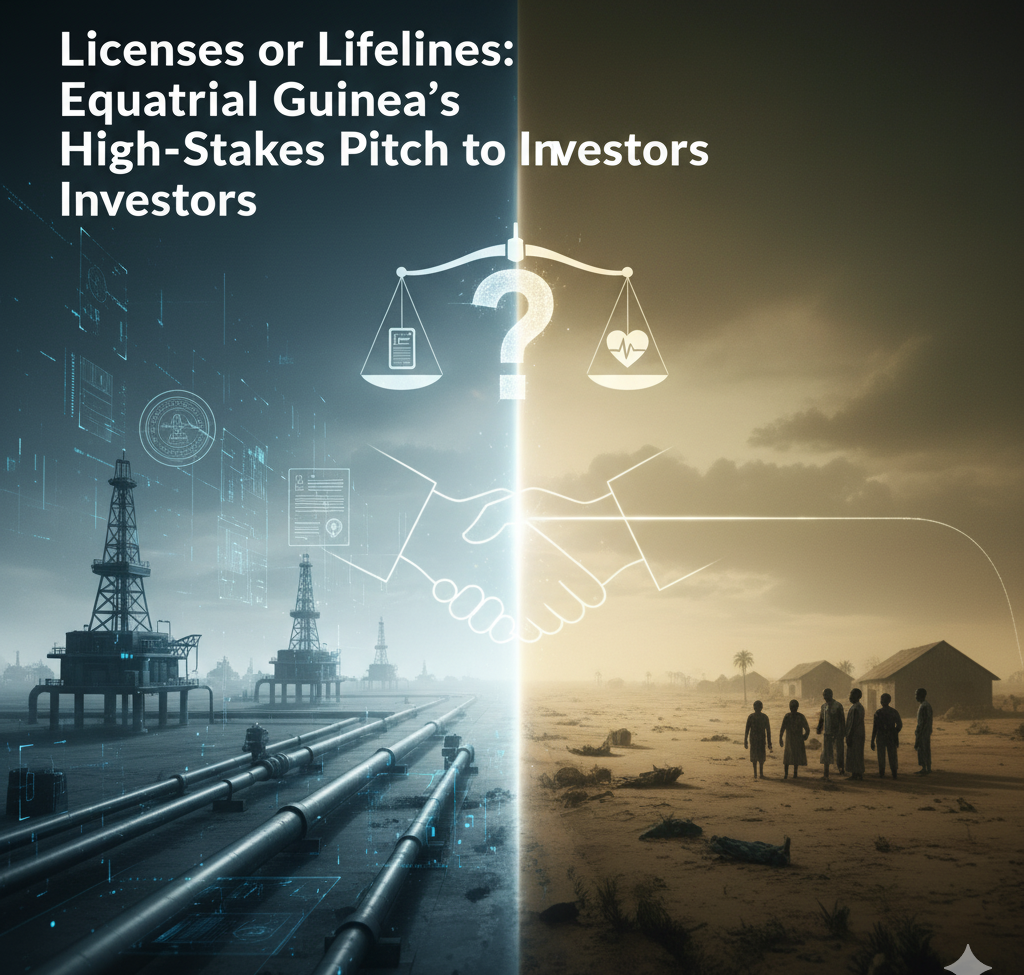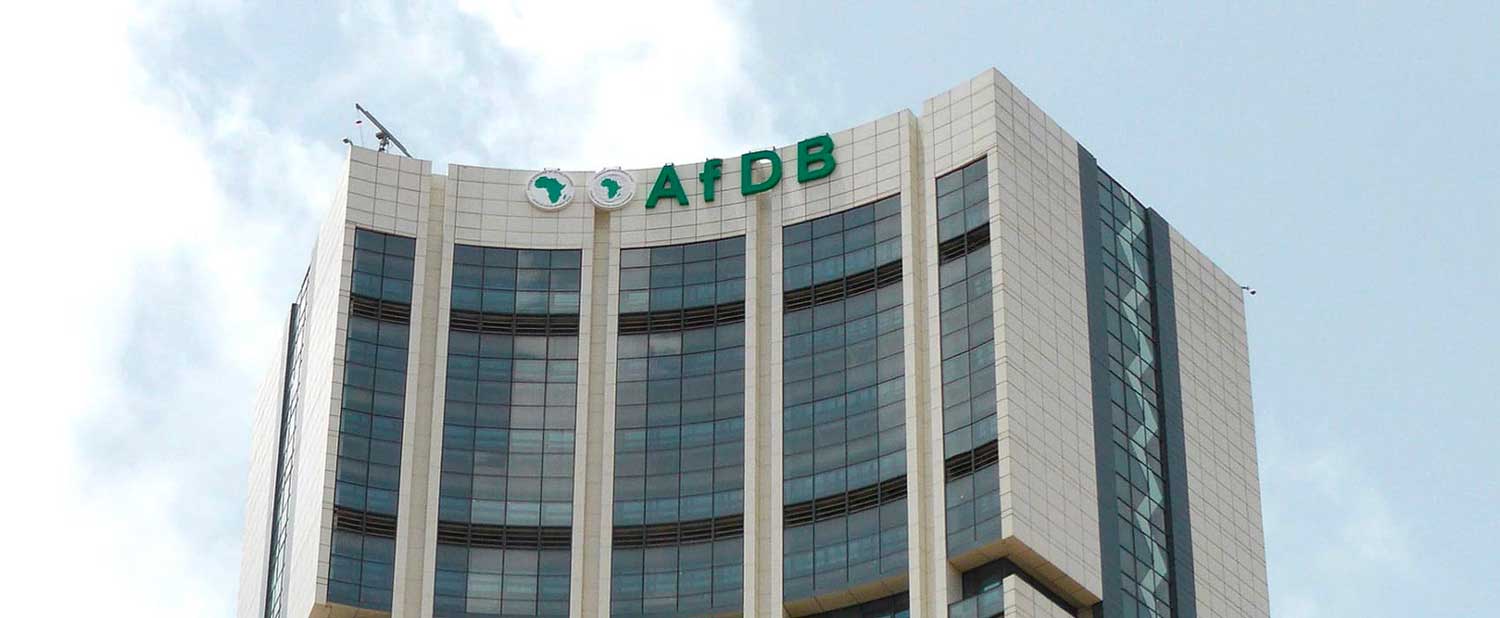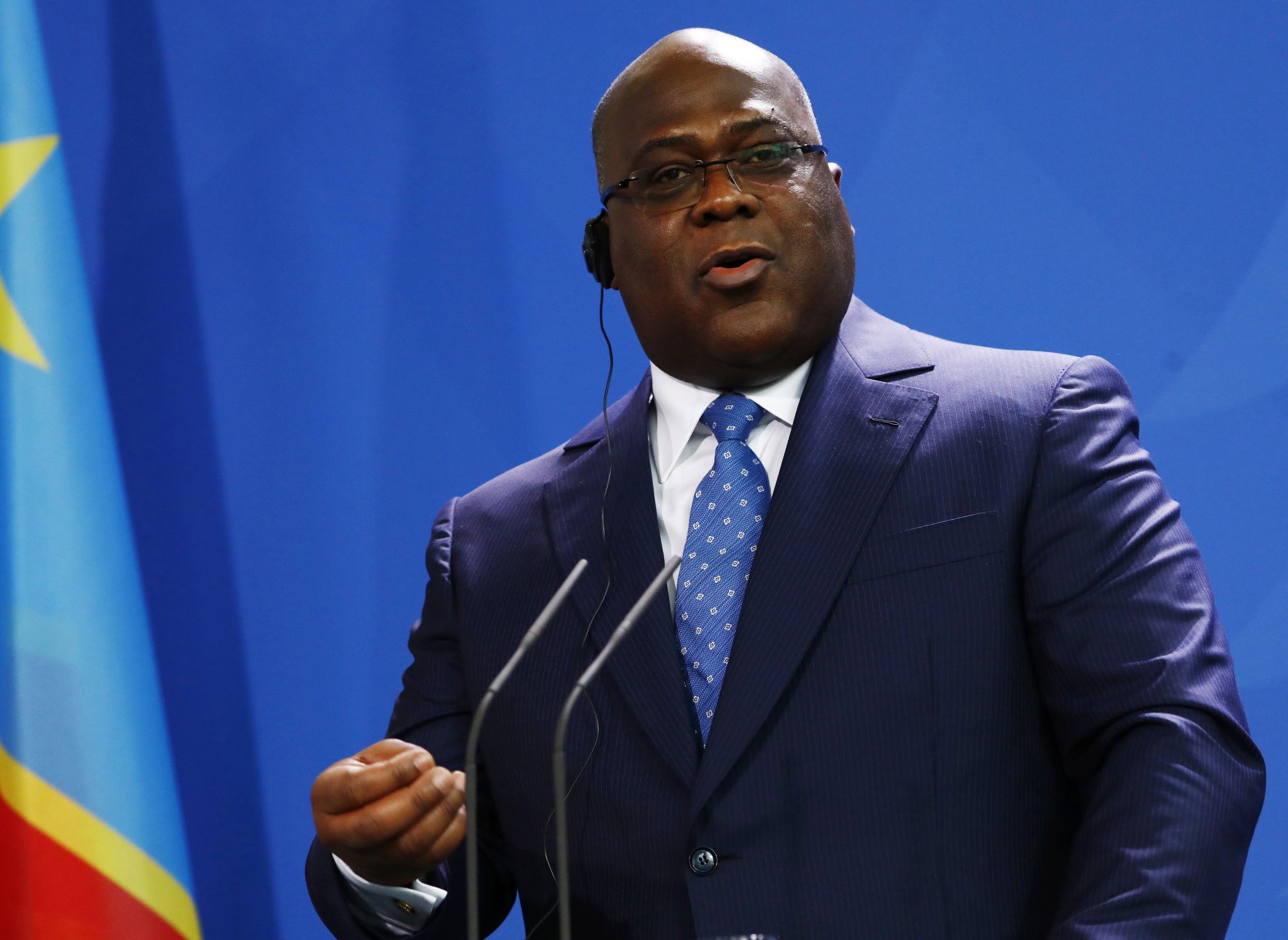Licences or Lifelines: Equatorial Guinea’s High-Stakes Pitch to Investors
Equatorial Guinea is betting on its 2026 oil licensing round to reverse a collapse from 400k bpd in 2004 to just 50k today. Success could ease fiscal strain and tighten credit spreads; failure risks deeper recession and IMF dependence.

Equatorial Guinea is preparing to launch its 2026 licensing round at African Energy Week in Cape Town, positioning it as a reset moment for a sector that once made the small Central African state one of the continent’s oil giants. At its peak in 2004, the country produced around 400,000 barrels per day (bpd), ranking behind only Nigeria and Angola. Today, output has slipped to roughly 50,000 bpd, a collapse that has eroded state revenue, deepened recurrent recessions, and forced Malabo to seek technical assistance from the IMF.
For Hydrocarbons and Mining Minister Antonio Oburu Ondo, the new round represents a chance to “usher in a new era” and to reframe Equatorial Guinea as a competitive exploration frontier. The 2026 cycle will include offshore and onshore blocks, with the government promising “world-class fiscal and regulatory conditions,” faster cost recovery, and more attractive profit-sharing regimes. That language is tailored to global independents and majors under pressure to secure new reserves as mature assets decline.
The stakes are high. Hydrocarbons contribute over 70% of fiscal revenues and dominate exports. The IMF has warned that declining output is “putting constant pressure on public accounts,” projecting a 4.2% GDP contraction in 2025 after only a 1.9% rebound in 2024. With external buffers thinning, sovereign credit risk has risen. Fitch currently rates Equatorial Guinea CCC, similar to Cameroon (B-) and below Gabon (B), reflecting its hydrocarbon dependence and governance risks. If Malabo attempted to issue Eurobonds, it would likely face double-digit yields, in line with Gabon 2031s (9.5%), Cameroon 2032s (10.1%), and higher than Angola (ANGOL 2029, 7.6%) or Nigeria (NGERIA 2031, 8.3%).
Licensing is thus not just a geological play but a fiscal survival strategy. By reprocessing seismic data, refreshing field models, and offering attractive fiscal terms, the government hopes to restart an exploration cycle that has been dormant for over a decade. Offshore geology remains prospective, with sedimentary basins containing both proven fields and underexplored deepwater frontiers. Success could attract companies like ExxonMobil (NYSE: XOM), Chevron (NYSE: CVX), TotalEnergies (EPA: TTE), or independents such as Kosmos Energy (NYSE: KOS), which already operates in West Africa.
Fiscal reform is central to this pitch. Faster cost recovery improves cash flow profiles, allowing companies to book earlier returns and secure project finance. Enhanced profit-sharing can lift project IRRs into the mid-teens, critical for frontier exploration. Yet, excessive concessions risk weakening the government’s fiscal take. With oil accounting for over 60% of GDP, any erosion of state revenue could worsen long-term debt dynamics.
Investor appetite will also hinge on macro stability. Equatorial Guinea has suffered repeated recessions since 2015, with GDP per capita falling from over USD 22,000 in 2012 to below USD 8,000 in 2024 (World Bank). Inflation remains moderate at around 3%, but the fiscal deficit has widened as hydrocarbon revenues dried up. Non-oil growth has been weak, constrained by a narrow private sector and governance challenges. IMF monitoring has nudged fiscal reforms, yet structural diversification remains elusive.
Comparisons elsewhere in Africa highlight both promise and pitfalls. Angola’s licensing rounds between 2019–2021 attracted new capital as Luanda combined fiscal reform with an aggressive promotion campaign. Namibia’s Orange Basin discoveries by TotalEnergies and Shell (LON: SHEL) have repositioned that country on the exploration map, pushing Namibian GDP growth to 5%+ projections. By contrast, Equatorial Guinea’s geology is promising but investor confidence is low after years of policy inertia.
The energy transition complicates matters. While demand for new barrels remains strong in the 2020s, IOCs face shareholder pressure to reduce frontier exposure. Brent crude (ICE: LCOc1) trades around USD 92/bbl, supporting upstream margins, but long-term price assumptions have shifted lower, typically USD 60–70/bbl in corporate planning decks. For smaller independents and NOCs, frontier exploration in the Gulf of Guinea may still be attractive if fiscal incentives are compelling.
For financial markets, the 2026 licensing round is a signal event. A strong showing would ease sovereign risk, support fiscal revenues, and stabilize GDP. That could reduce spreads on Central African bonds and improve access to multilateral or commercial credit. A weak outcome would worsen fiscal stress, widen credit spreads, and deepen reliance on IMF emergency facilities. For regional banks, insurers, and service providers, the success or failure of licensing could shape cross-border liquidity and trade flows across the CEMAC bloc.
Ultimately, Equatorial Guinea’s new licensing drive is about more than oil reserves. It is a test of whether a small hydrocarbon economy can reinvent its investment appeal amid production decline, fiscal strain, and a shifting global energy landscape. Investors will weigh geology against governance, fiscal incentives against risk, and short-term margins against long-term transition headwinds. For Malabo, the outcome will determine whether it remains an energy state or slips further into fiscal fragility.





